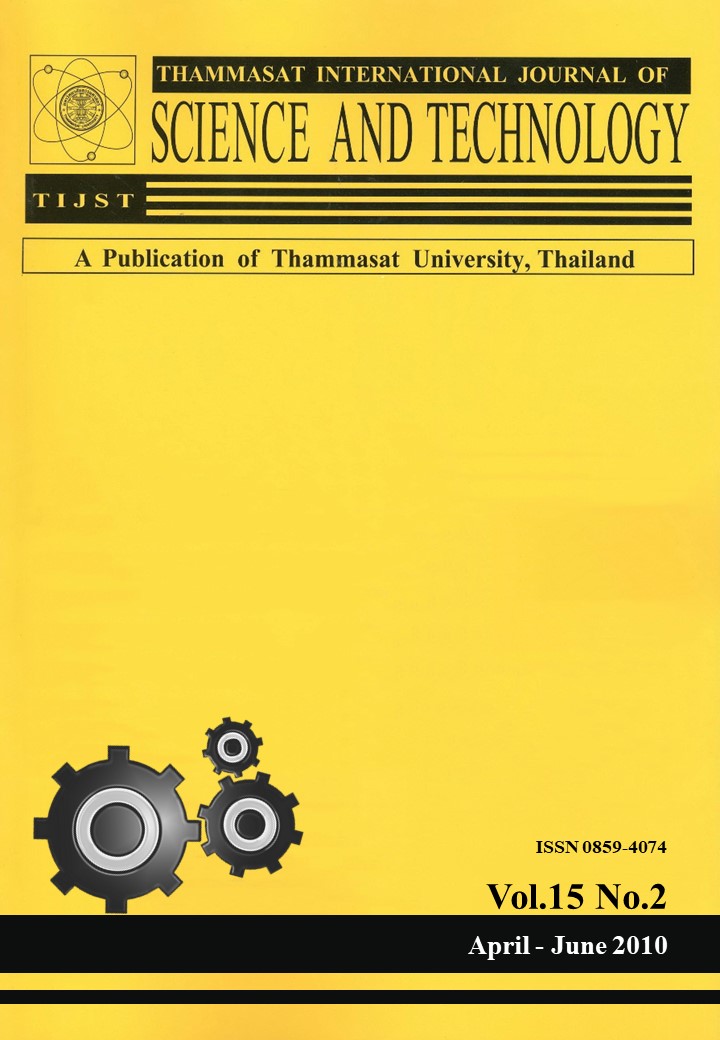HVAC’s Chilled Water Flow and Temperature Prediction for Buildings in Tropical Zones
Main Article Content
Abstract
The weather in a tropical region, which mainly consists of high temperature and humidity, is clearly different from those in cold and desert climate regions. These factors strongly affect the cooling load demand of heating, ventilating, and air conditioning (HVAC) systems in order to provide required thermal comfort in buildings. Thus, they should be taken into consideration together for determining cooling load demand. Traditional approaches such as physically based models and statistically based methods are extremely difficult to derive and time consuming to develop. Artificial neural networks (ANNs), which are a powerful modeling technique with robust, fast, and nonlinear modeling advantages, can flexibly and simply capture ambient conditions and cooling demand. In this study, the main objective is to investigate the performance of ANNs’ predictive ability for HVAC systems. The ANNs are applied to predict flow and temperatures of chilled water in HVAC systems of a multifunctional building in Thailand. The obtained model can be used to effectively plan the energy use of such systems. In addition, thermal energy storage can be properly managed, including its capacity and size. The main features representing temperature and humidity are ambient temperature and relative humidity of indoor and outdoor conditions. The characteristics of cooling load demand are flow rate and temperatures of chilled water. The obtained prediction results show that a properly designed ANN model outperforms multiple linear regression (MLR). Moreover, they can easily be extended to predict multiple factors(such as temperatures) with satisfactory results.
Article Details
How to Cite
Chokesuwattanaskul, M., Praditsmanont, A., Prakasvudhisarn, C., & Limmeechokchai, B. (2015). HVAC’s Chilled Water Flow and Temperature Prediction for Buildings in Tropical Zones. Science & Technology Asia, 15(2), 28–42. retrieved from https://ph02.tci-thaijo.org/index.php/SciTechAsia/article/view/41291
Section
Articles


